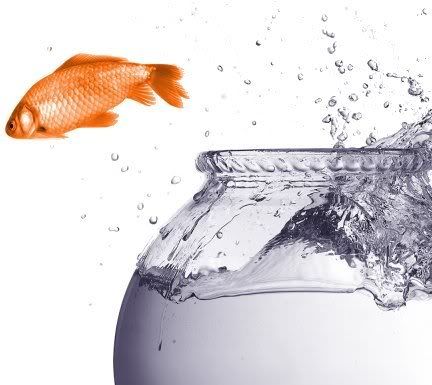Manufacturing Madness
This article by George Monbiot was Published in the Guardian 12th December 2006. It was written to condemn torture and sensory deprivation but he also talks a little about psychiatric problems with our own prisoners.
At Pelican Bay in California, where 1200 people are held in the isolation wing, inmates are confined to tiny cells for twenty-two and a half hours a day, then released into an “exercise yard” for “recreation”. The yard consists of a concrete well about 12 feet in length with walls 20 feet high and a metal grill across the sky. The recreation consists of pacing back and forth, alone(10).
The results are much as you would expect. As National Public Radio reveals, 10% of the isolation prisoners at Pelican Bay are now in the psychiatric wing, and there’s a waiting list. Prisoners in solitary confinement, according to Dr Henry Weinstein, a psychiatrist who studies them, suffer from “memory loss to severe anxiety to hallucinations to delusions … under the severest cases of sensory deprivation, people go crazy.” People who went in bad and dangerous come out mad as well. The only two studies conducted so far – in Texas and Washington state – both show that the recidivism rates for prisoners held in solitary confinement are worse than for those who were allowed to mix with other prisoners. If we were to judge the United States by its penal policies, we would perceive a strange beast: a Christian society that believes in neither forgiveness nor redemption.
Not mentioned was the wide use of atypical neuroleptics by the penal system to pacify so that money can be saved on guards. It is well known that withdrawal from these drugs brings on psychosis. Another instance of manufacturing madness.


0 Comments:
Post a Comment
<< Home